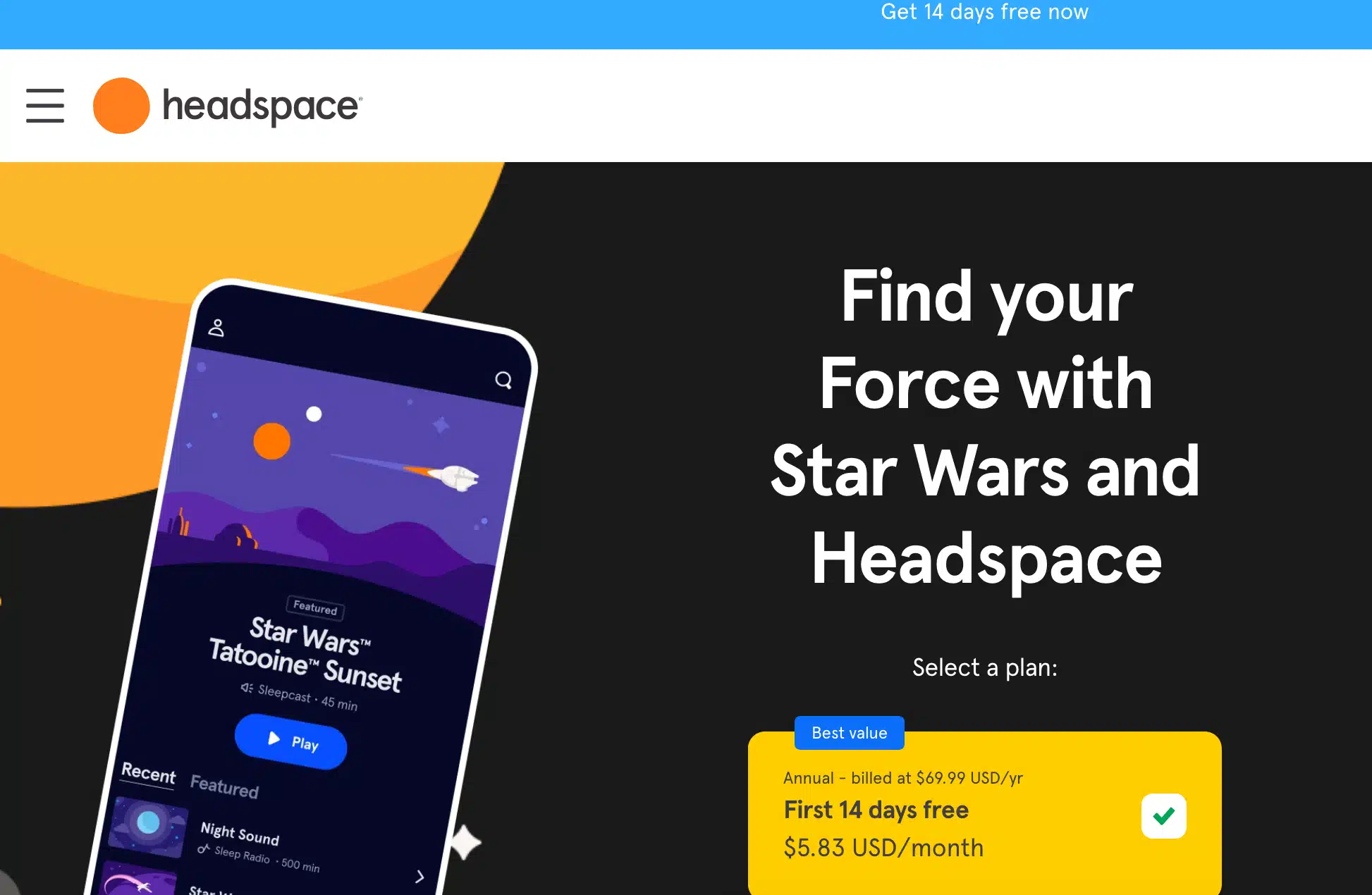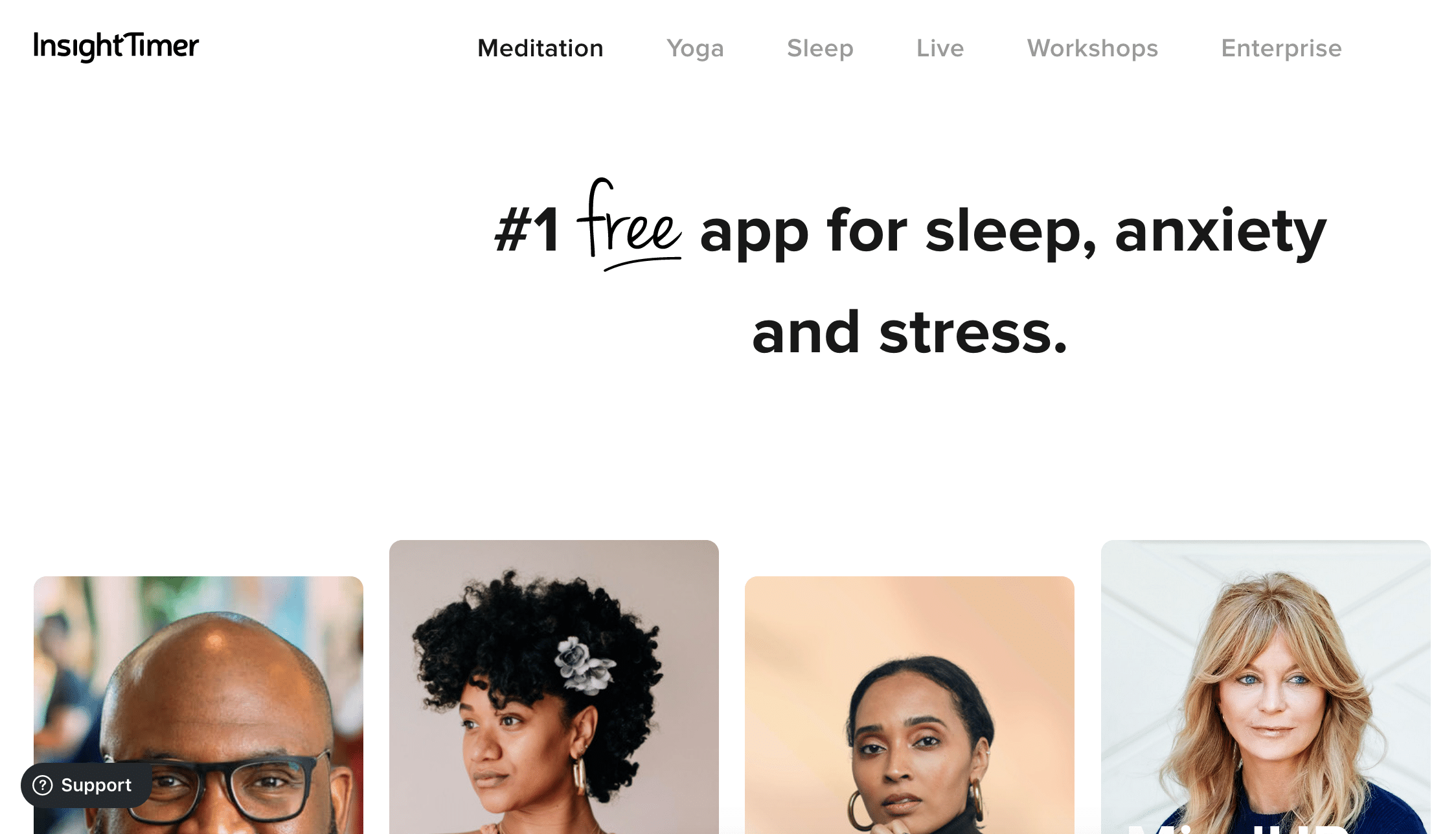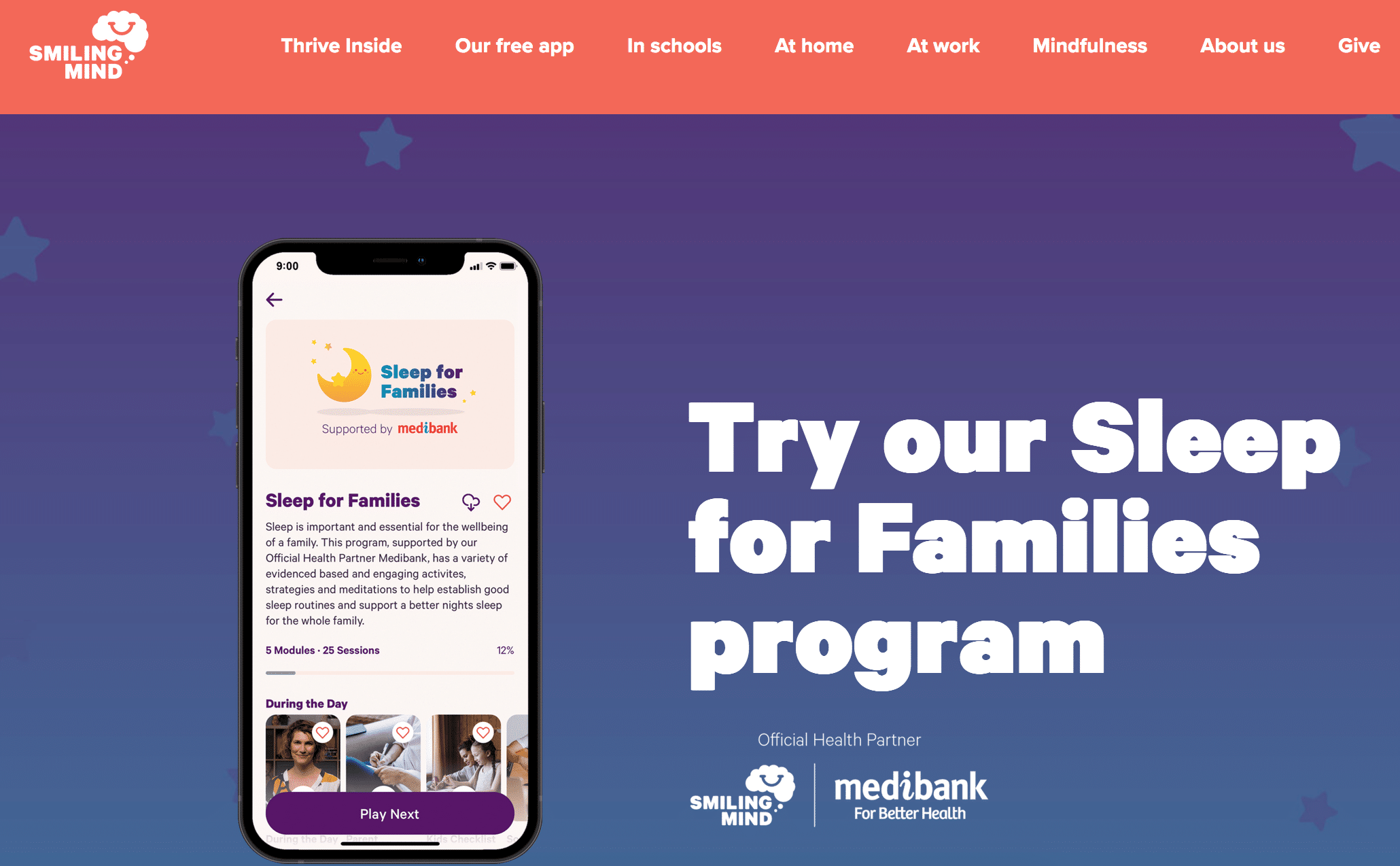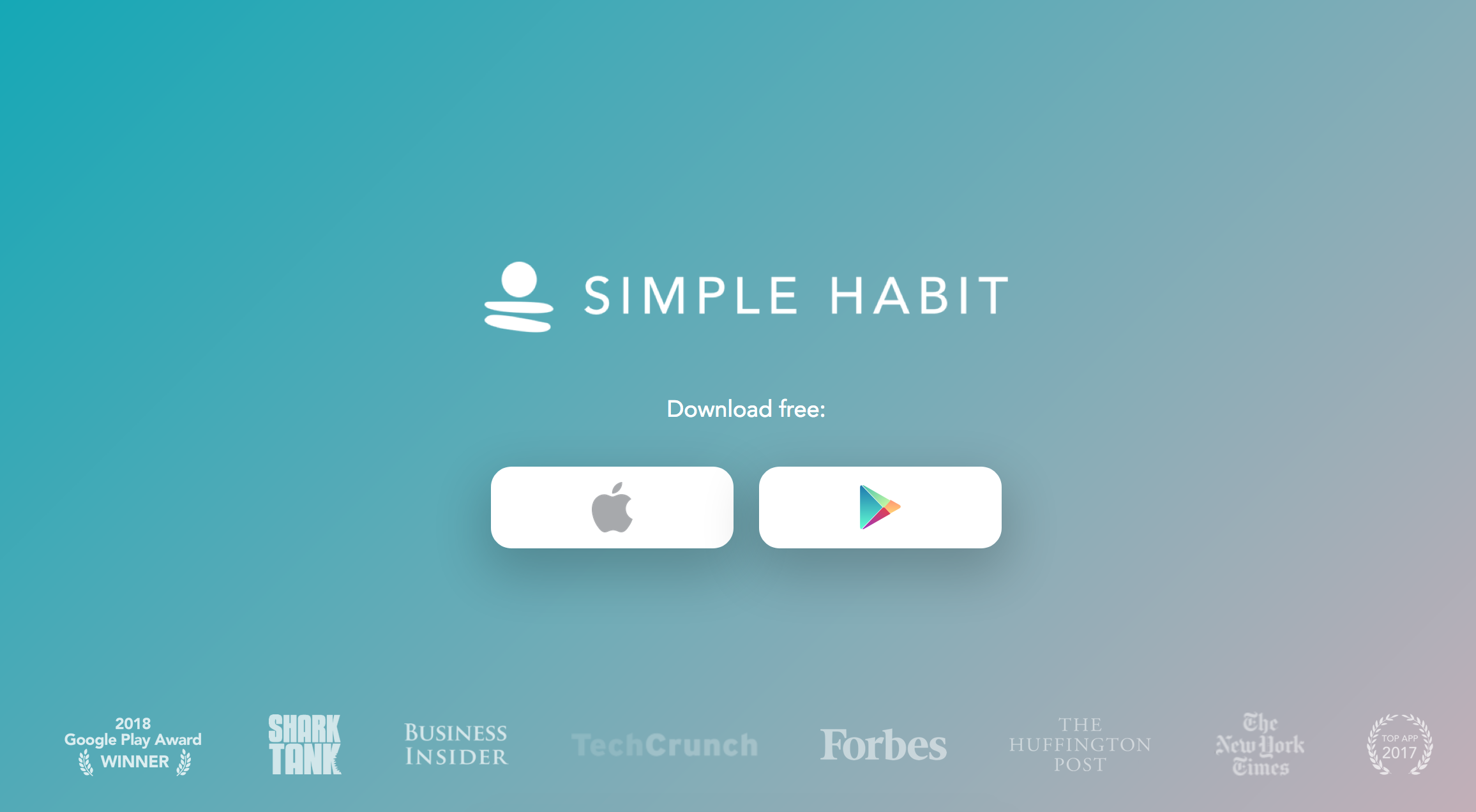When you’re learning about the concept of mindfulness and how to implement it into your life, you’ll need to find an app that helps make this an ingrained habit.
Part of your journey involves better understanding what mindfulness is. You may learn a metaphor about sitting along the bank of a river and watching sticks float by in the current or maybe a narrator will direct you to think of your thoughts as clouds drifting across a blue sky. These examples emphasize being a passive observer to your own thoughts.
Whichever mindfulness app you choose, make sure it teaches you about mindfulness in a way that best fits your learning style. There are a plethora of methods to teach and practice mindfulness, so make sure you choose what makes the most sense for you.
Another part of adding mindfulness into your day is deciding how long you’d like to spend meditating and learning about the concept. There are some apps that advise a short five-minute session, while others suggest 10 minutes or more.
There is no right answer to how long you need to spend on your mindfulness practice. Different times work for different people. When you’re first starting out you may only want to spend a few minutes being mindful and later along your mindfulness journey, you may decide you want to lengthen your sessions into 30 minutes or more.
Before committing to your app of choice, try a few of the guided meditations and other talk sessions it offers. This is useful for a few reasons. First, this will get you on the platform to see if you like its layout and functionality. Second, you’ll learn how you react to the voices of the people giving guided mindfulness activities.
Sometimes, you’ll get someone with a voice that doesn’t relax you. If you’re annoyed by the sound of the instructor’s voice, it’s much harder to be in the moment.
As you use your app, don’t forget to put your phone into Do Not Disturb or Airplane Mode. Otherwise, your peaceful session may be interrupted by a string of phone notifications — it’s hard to remain a detached observer when your phone is calling for your active attention.
The most important part of choosing your mindfulness app is finding something you want to keep using. Try out a few, see what you like, and choose what works best for you. It’s about finding what fits best for what your mindfulness goals.
Of the hundreds of mindfulness apps in the Google Play and Apple stores, these five are our favorites.






